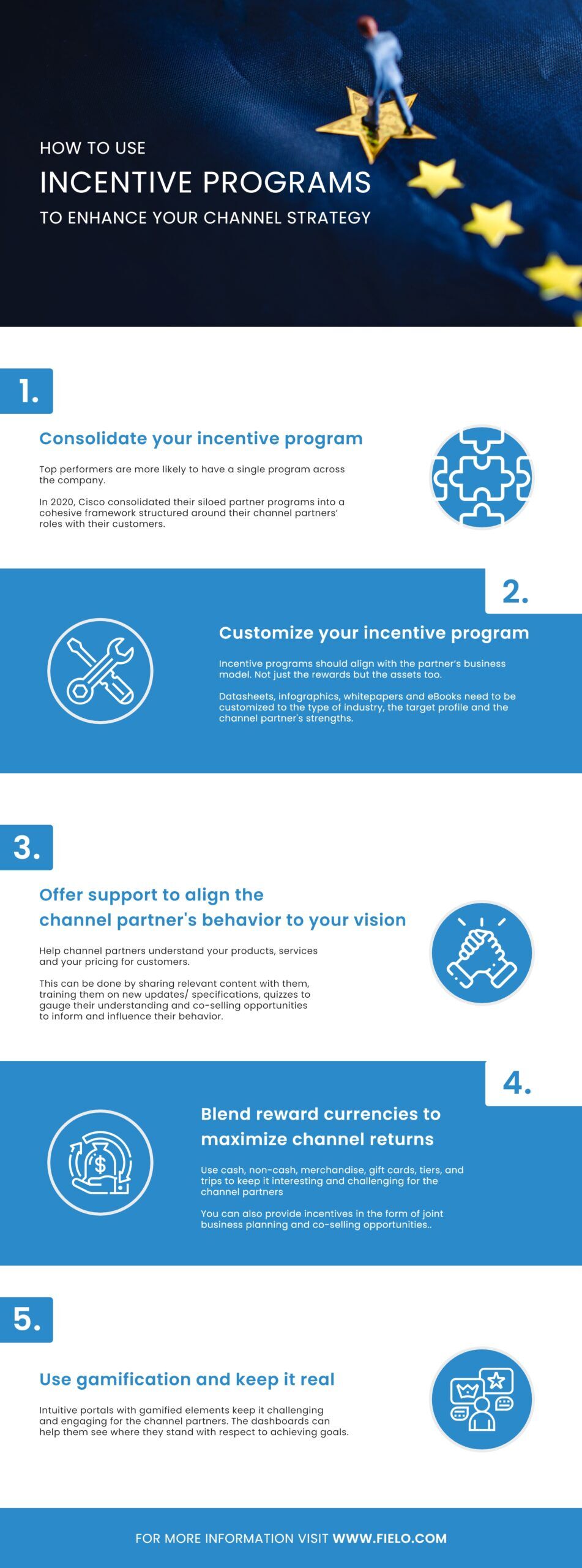What is a channel strategy and how to successfully build one
What is a channel strategy?
A channel strategy is built on one or more distribution methods to get a vendor’s products or services to the end customer in the most efficient and cost-effective manner possible.
Benefits of a channel strategy
A channel strategy costs time and effort. But if done effectively, a solid channel network will provide the following benefits:
- Improve product distribution, making them available to a larger number of customers.
- Increase customer acquisition, given the better distribution of products.
- Deliver the right product or value to specific customer segments without increasing costs. Different channels can distribute different products to specific customers that will find greater value in the offer.
- Will help decrease costs, such as inventory storage, pre-and post-sale services, etc.
- Lowers risk. Channels are buying the manufacturer’s goods and will have strategies of their own to sell them and make a profit.
- Help build, propagate, and strengthen the manufacturer’s brand.
Types of channel strategies
Direct sales
The most basic of channel strategies. In direct sales, the manufacturer sells directly to the end customer without any indirect channels/intermediaries. The manufacturer has its own sales team and closes deals directly with the customer. This strategy is usually used when the manufacturer sells perishable products and whose customers are located in a reduced geographical area.
Indirect sales
In indirect sales, there is at least one intermediary or channel involved in the distribution process of the product to the end customer. The intermediaries that might be involved in a company’s indirect sales strategy are value-added resellers, retailers, distributors, consultants, SIs, OEMs, ISVs, distributors, agents, and wholesalers. For more information on how to build a strong and healthy relationship with your channels, read our post on how to create a B2B partnership
Indirect sales classification
- One-tier channel: there is only one intermediary between the manufacturer and the end customer. The intermediary is typically a reseller or retailer. This strategy is used when the product needs to be distributed relatively quickly and when working with durable products like clothes, appliances, hardware, etc.
- Two-tier channel: there are two intermediaries (usually wholesaler and retailer, or distributor and reseller) between the manufacturer and the end customer. This strategy is widely used when:
- The products are standardized and relatively cheap.
- The products need to be spread over a larger geographical area.
- The amount purchased is small.
- Three-tier channel: In addition to a wholesaler and retailer (or distributor and reseller), there is another intermediary, which is the agent. Agents handle the distribution of the product in a specific geographical area. This strategy is chosen when the distribution of the product has to reach huge areas (probably countrywide) and the demand for the product is high.






